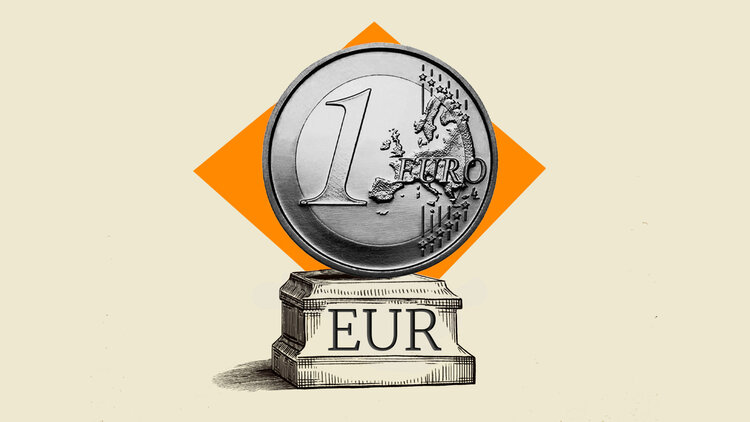- EUR/JPY falls sharply to near 172.50 as the Japanese Yen continues to outperform its peers.
- The US government shutdown has increased the safe-haven demand for the Japanese Yen.
- The Eurozone headline HICP grew at a faster pace of 2.2% in September.
The EUR/JPY pair trades 0.6% lower to near 172.50 during the European trading session on Wednesday. The cross faces a sharp selling pressure as the Japanese Yen (JPY) continues to outperform its peers from the past few trading days.
Japanese Yen Price This week
The table below shows the percentage change of Japanese Yen (JPY) against listed major currencies this week. Japanese Yen was the strongest against the Swiss Franc.
| USD | EUR | GBP | JPY | CAD | AUD | NZD | CHF | |
|---|---|---|---|---|---|---|---|---|
| USD | -0.26% | -0.64% | -1.63% | -0.04% | -1.01% | -0.45% | 0.09% | |
| EUR | 0.26% | -0.38% | -1.50% | 0.22% | -0.75% | -0.19% | 0.34% | |
| GBP | 0.64% | 0.38% | -1.03% | 0.60% | -0.43% | 0.19% | 0.72% | |
| JPY | 1.63% | 1.50% | 1.03% | 1.64% | 0.66% | 1.07% | 1.79% | |
| CAD | 0.04% | -0.22% | -0.60% | -1.64% | -0.93% | -0.41% | 0.12% | |
| AUD | 1.01% | 0.75% | 0.43% | -0.66% | 0.93% | 0.56% | 1.09% | |
| NZD | 0.45% | 0.19% | -0.19% | -1.07% | 0.41% | -0.56% | 0.68% | |
| CHF | -0.09% | -0.34% | -0.72% | -1.79% | -0.12% | -1.09% | -0.68% |
The heat map shows percentage changes of major currencies against each other. The base currency is picked from the left column, while the quote currency is picked from the top row. For example, if you pick the Japanese Yen from the left column and move along the horizontal line to the US Dollar, the percentage change displayed in the box will represent JPY (base)/USD (quote).
The Japanese Yen trades firmly as its safe-haven demand has increased amid the United States (US) government shutdown. Washington entered a partial closure on Tuesday midnight after Democrats refused to approve the short-term funding bill in the House of Senate.
Another reason behind the strength in the Japanese Yen is the growing acceptance that the Bank of Japan (BoJ) could raise interest rates further in the remainder of the year. BoJ officials have been reiterating that the central bank will raise interest rates if the economy continues to perform as anticipated.
Meanwhile, the Euro (EUR) trades lower after the release of the preliminary Eurozone inflation data for September. As measured by Harmonized Index of Consumer Prices (HICP), price pressures accelerated at an annual pace of 2.2%, faster than 2% in August. Meanwhile, the core HICP – which excludes volatile items – rose steadily 2.3%. Monthly inflation eased to 0.1%, from 0.3% in the previous month, while the core HICP remained steady at 0.1%.
The inflation data remaining above the European Central Bank’s (ECB) 2% target would allow officials to avoid making any adjustment in monetary policy rates.
Economic Indicator
Harmonized Index of Consumer Prices (YoY)
The Harmonized Index of Consumer Prices (HICP) measures changes in the prices of a representative basket of goods and services in the European Monetary Union. The HICP, released by Eurostat on a monthly basis, is harmonized because the same methodology is used across all member states and their contribution is weighted. The YoY reading compares prices in the reference month to a year earlier. Generally, a high reading is seen as bullish for the Euro (EUR), while a low reading is seen as bearish.
Read more.
Last release:
Wed Oct 01, 2025 09:00 (Prel)
Frequency:
Monthly
Actual:
2.2%
Consensus:
2.2%
Previous:
2%
Source:
Eurostat
Read the full article here


